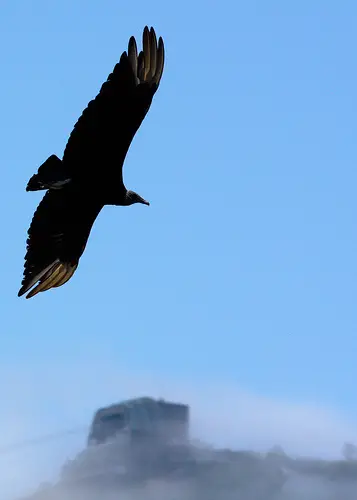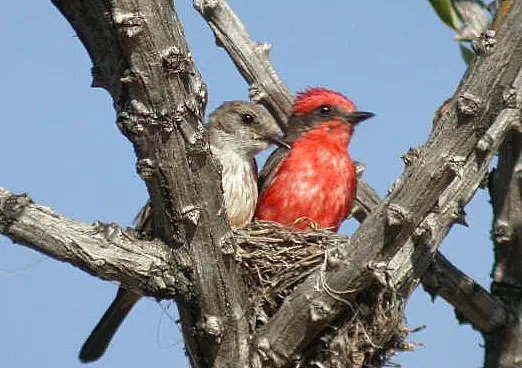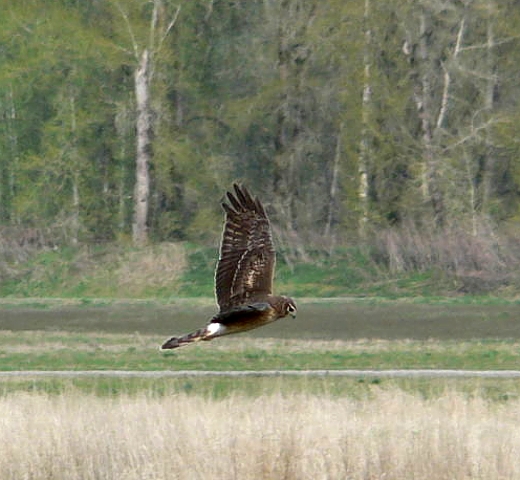American Black Vulture
The Black Vulture, also known as the American Black Vulture (as opposed to the unrelated Eurasian Black Vulture) is a bird that is found from the south-east of the United States of America to Central Chile and Uruguay in South America. It is a common and widespread species, and is the only current member of the genus Coragyps.
There are currently 3 American Black Vulture subspecies. They are:
- Coragyps atratus atratus – named by Johann Matthaus Bechstein, it was named the North American Black Vulture in 1793. It is also the nominate species, and is the same size as Coragyps atratus foetens but not as dark. It is found from northern Mexico, Texas, and most of the souther states in the USA up to the Carolinas.
- Coragyps atratus brasiliensis – first described in 1850 by Charles Lucien Jules Laurent Bonaparte, it is also known as the Southern American Black Vulture. It is smaller than the nominate species, and has light markings on the undersides and are also wider and broader than any other American Black Vulture subspecies. It is found in northern South America and in Central America. However, it is not found at high altitudes.
- Coragyps atratus foetens – first described in 1917 by Martin Lichtenstein, it is known as the Andean Black Vulture. As mentioned above, it is the same size as the nominate species. Its markings on its undersides are smaller than other subspecies and its underwing coverts are darker. It is found in the Andes, ranging from northern Ecuador, Peru, northern Bolivia, Uruguay, Paraguay, and the Chilean lowlands.
The ancestor of the American Black Vulture is the Coragyps occidentalis, also known as the Pleistocene Black Vulture or the Western Black Vulture. Although this prehistoric species is from the Early to Late Pleistocene, it is actually rather similar to the modern day American Black Vulture. It is only 10-15% larger, and has both a wider and flatter bill. It also lived in the same ecological niche, and it actually is thought to have been decreasing in size since the last ice age.
The modern day version of the American Black Vulture is quite large, and is famous for being a bird of prey. It is approximately 65 cm long, and has a wingspan of 1.5 metres. It has an average weight of about 2 – 3 kilograms. Its plumage is mainly a glossy black except for its markings, its head and neck are featherless, and its skin is wrinkled and dark grey.
In its natural habitat, the American Black Vulture eats carrion most of the time. If it is living in an area that is populated by humans, it may become a scavanger at garbage dumps, but it can also take decomposing plant material and eggs. It may also injure or kill new born or incapacitated mammals. It does play an important role in the ecosystem by disposing carrion which would otherwise be a disease breeding ground.




